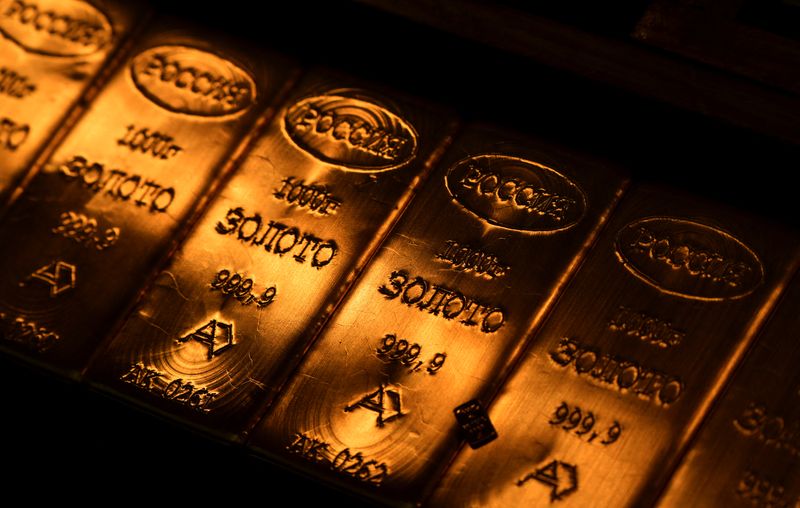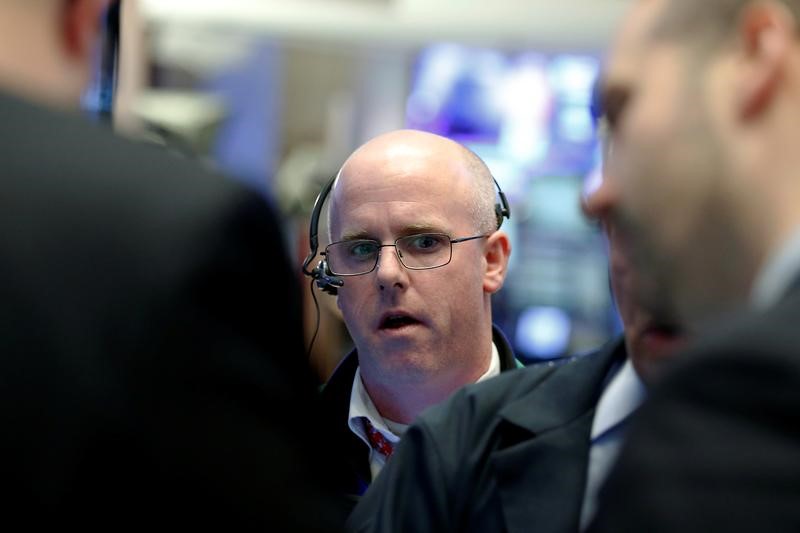By Clyde Russel
LAUNCESTON, Australia (Reuters) -Gold has been the standout commodity performer so far this year, gaining 18.5% and hitting a record high.
But the precious metal could become a victim of its own success, with consumer purchases at risk as prices rise.
closed on August 2 at $2,443.29 per ounce and has largely maintained this year’s gains, which saw a continued rally to a record high of $2,483.60 on July 17.
The World Gold Council published its quarterly report last week and the industry group reported total demand of 1,258.2 tonnes in the second quarter, the highest on record for a second quarter and about 4% more than the same period in 2023.
But the breakdown of demand figures shows some trends that could point to a slowdown in the coming quarters.
The biggest increase in demand came from what the Council called the Over The Counter (OTC) market, which largely means buying from institutional investors, high net worth individuals and family offices.
OTC demand was 329.2 tonnes in the second quarter, up 53% from the same quarter in 2023 and a massive 385% increase from the first quarter.
The Council attributed the sharp increase in OTC appetite to ‘portfolio diversification’, leading to the question of how sustainable this demand is. will likely ease purchasing.
The report also showed a sharp decline in jewelry consumption, which fell to 390.6 tons in the second quarter, down 19% from the same period in 2023.
In addition to jewelry in the losing column were also the official coins, where demand fell by 38% to 52.7 tons in the second quarter.
Both signals indicate that consumers may be starting to pull back on their purchases due to strong price increases.
CHINA, INDIA
Of particular concern is jewelry demand in China and India, the two largest buyers of physical gold, which together account for almost half of the market.
China saw jewelery demand fall 35% to 86.3 tonnes in the second quarter, while India recorded a 17% decline to 106.5 tonnes, according to the Council report.
Another sign that China’s appetite for gold is waning somewhat was the 18% drop in net imports through Hong Kong in June, with official data showing imports of 21.92 tonnes, compared to 26.72 tonnes in May.
China does not disclose gold import volumes, making the Hong Kong data a key gauge of demand from the world’s largest consumer.
Consumer demand in India is likely to get a boost this quarter after the government cut import duties from 15% to 6%, but this is also likely to prove to be a one-off impact on sugar demand, rather than a sustainable shift to a higher demand.
Higher prices are also likely to have weighed on inflows into Exchange Traded Funds (ETFs), with the Council’s figures showing a net decline of 7.2 tonnes in the second quarter, following a 113 tonnes decline in the first quarter.
Central bank purchases also declined in the second quarter, reaching 183.4 tonnes, down from 299.9 tonnes in the first, but up 6% from 173.6 tonnes in the second quarter of 2023.
Overall, there are plenty of factors to suggest that gold’s rise to record highs is starting to crimp some of the more price-sensitive demand.
But it’s not all bad news: investor interest is likely to be sustained by continued expectations that monetary policy is likely to be eased in several key countries, with a particular focus on likely interest rate cuts by the US Federal Reserve.
High geopolitical tensions, with ongoing conflicts in the Middle East and Ukraine, as well as political risks surrounding what will be a close US presidential election, are likely to keep interest in gold high.

The combination of bearish and bullish factors for the yellow metal could ultimately lead to its price remaining within a relatively narrow range for the rest of the year.
The opinions expressed here are those of the author, a columnist for Reuters.


